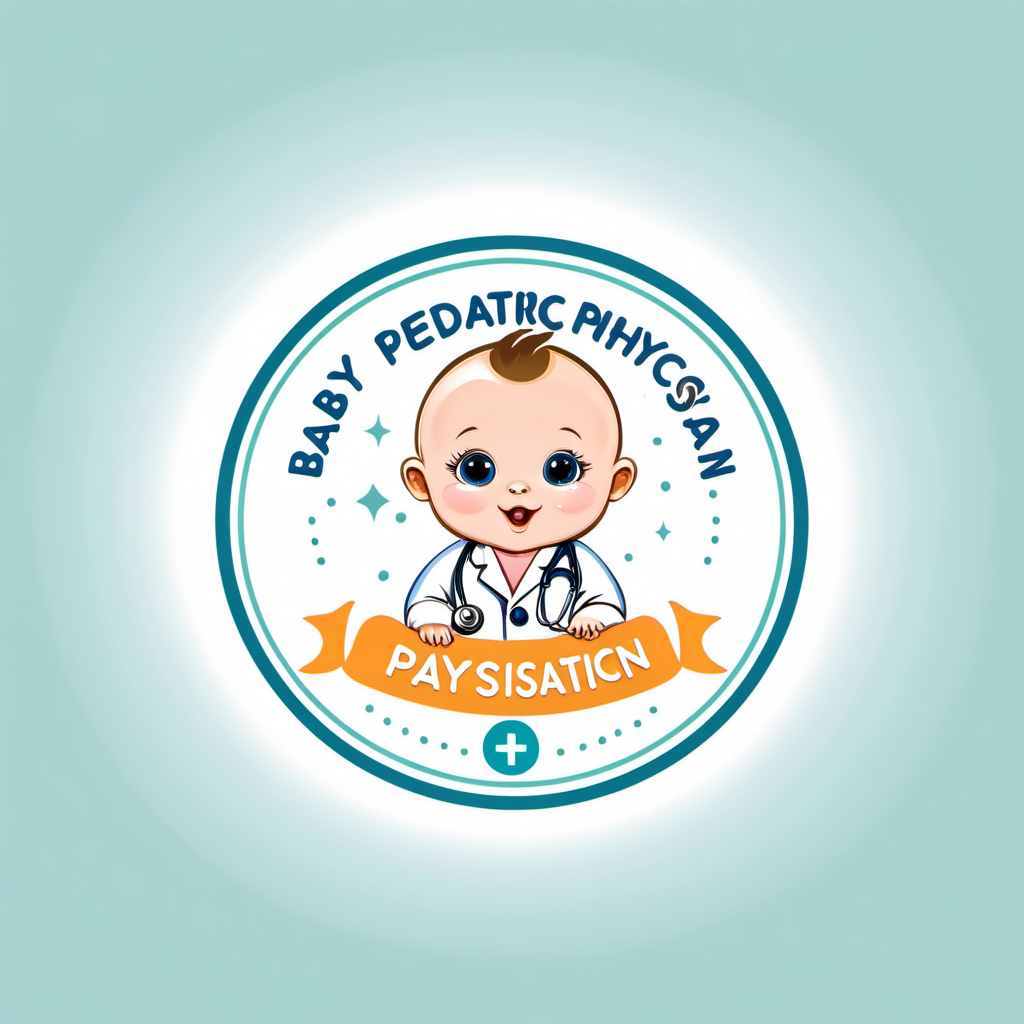In the journey of nurturing our little ones, every parent strives to foster effective communication from the very start. What if there was a tool that could bridge the gap between our pre-verbal babies and ourselves, offering them a means to express their needs and desires long before they can articulate them through speech? Enter sign language – a powerful method that not only empowers babies but also strengthens the parent-child bond in profound ways.

Who invented Sign language ?
Long ago, deaf communities started using sign language to communicate. Then, in the late 18th century, teachers began to shape sign language into formal systems. In France, the Abbé de l’Épée set up a school for the deaf in Paris. He made a special way to teach using sign language. This started modern French Sign Language. In the United States, Thomas Hopkins Gallaudet helped create the American School for the Deaf in 1817. He helped make American Sign Language (ASL) based on French signs. Other important people like Laurent Clerc, William Stokoe, and Carl Oscar Malm also worked on sign language. They spread education about sign language and made national sign languages. Although nobody created sign language all by themselves, these teachers and scholars helped form specific sign languages and showed that sign language is a real language. Their work made sign languages like ASL what they are today. No single person can be credited with “inventing” sign language overall. But these educators and scholars played important roles in developing specific sign languages and raising awareness of sign language as a legitimate language and a useful tool for teaching deaf individuals. Sign language continues to evolve naturally within deaf communities.
The following information I’m about to share illustrates why it’s crucial for babies to learn sign language before they begin speaking, emphasizing the early developmental advantages it provides in communication and language acquisition. For those interested in learning more about basic sign language, I encourage you to download our free guide.

Early Communication:
Sign language opens a gateway for babies to communicate their needs and wants earlier than traditional speech development allows. Picture a scenario where a baby can convey hunger, sleepiness, or discomfort through simple hand gestures months before they utter their first words. This early communication reduces frustration on the baby’s part and enhances parental responsiveness.

Intellectual Stimulation:
Research suggests that using sign language with babies may potentially boost their IQ. By engaging more areas of the brain compared to verbal communication alone, sign language stimulates cognitive development in profound ways. Studies even indicate that babies exposed to sign language tend to score higher on communication and vocabulary tests later in life.
Social Connection and Bonding:
The beauty of sign language lies not only in its practicality but also in its ability to strengthen the bond between parent and child. When parents can decipher their pre-verbal child’s signs and respond accordingly, it fosters deeper connections and a sense of belongingness.

Feelings and Reactions
Sign language may serve as a tool for emotional regulation in babies. By offering an alternative means of expression, it reduces instances of frustration, tantrums, and crying. Effective communication fulfills the baby’s need for safety and security, contributing to emotional stability and well-being.
Language Development
Sign language isn’t just about early communication; it’s about laying a strong foundation for language development and self-expression. By integrating hand signs with verbal speech, babies experience holistic language learning, paving the way for self-actualization and personal growth. This comprehensive language skill set equips babies with the tools they need to navigate the world with confidence and clarity.

Expert Opinions:
In the realm of baby sign language, expert opinions shed light on the optimal timing and potential milestones for infants. According to Pediatrician **Dr. Howard Reinstein** of Encino, California, and spokesperson for the American Academy of Pediatrics, “Most babies have the physical dexterity and cognitive ability to learn some form of sign language at about 8 months.” Building upon this insight, **”Babies and Sign Language”** supports this notion, stating that “Teaching babies sign language can begin as early as 6 months.”
Moreover, insights from various baby sign experts suggest a general consensus regarding the introduction of baby sign language. It is widely believed that between 6 to 9 months is an opportune time to expose infants to sign language, as they begin to exhibit signs of readiness for communication. During this critical period, infants are poised to absorb and respond to basic sign language cues, paving the way for linguistic development and encouragement in fostering effective communication between infants and caregivers

Personal Insight
In a memorable personal experience, a mother brought her toddler to my office for a checkup. Upon examination, the toddler, barely a year old, showed signs of discomfort, and her mother mentioned concerns about possible ear pain along with the child’s high fever. Remarkably, during the visit, the toddler used sign language to notify her mother that she wanted her bottle, showcasing the impressive communication skills acquired at such a young age. Intrigued, I inquired, “Did you teach her sign language?” The mother nodded and replied, “Yes, my mother taught me when I was young.” This encounter vividly underscores the importance of early language development. As Nelson Mandela once said, “Education is the most powerful weapon which you can use to change the world.
Conclusion:
In essence, sign language isn’t just a communication tool – it’s a catalyst for connection, understanding, and growth in the early stages of life. By embracing sign language as a means of communication with our babies and incorporating it into our daily routines, we not only empower them to express themselves but also embark on a journey of deeper connection and mutual understanding.
A consistent bedtime routine is essential for promoting your baby’s peaceful sleep. The predictability signals to your baby that it’s time to sleep, resulting in faster sleep onset and a more consistent pattern. This not only benefits your baby but also sets the stage for your own tranquil night. Starting a flexible routine with provided examples guides you in creating an effective bedtime ritual. Understanding optimal bedtime, considering variations, and addressing challenges contribute to success. Implementing strategies like gentle rocking, white noise, dimming lights, comforting scents, warm baths, soft sleep associations, and cuddling creates a calming bedtime environment. Remember, patience and consistency are vital for nurturing your baby’s sleep world and ensuring a peaceful night’s rest for both you and your little one.


